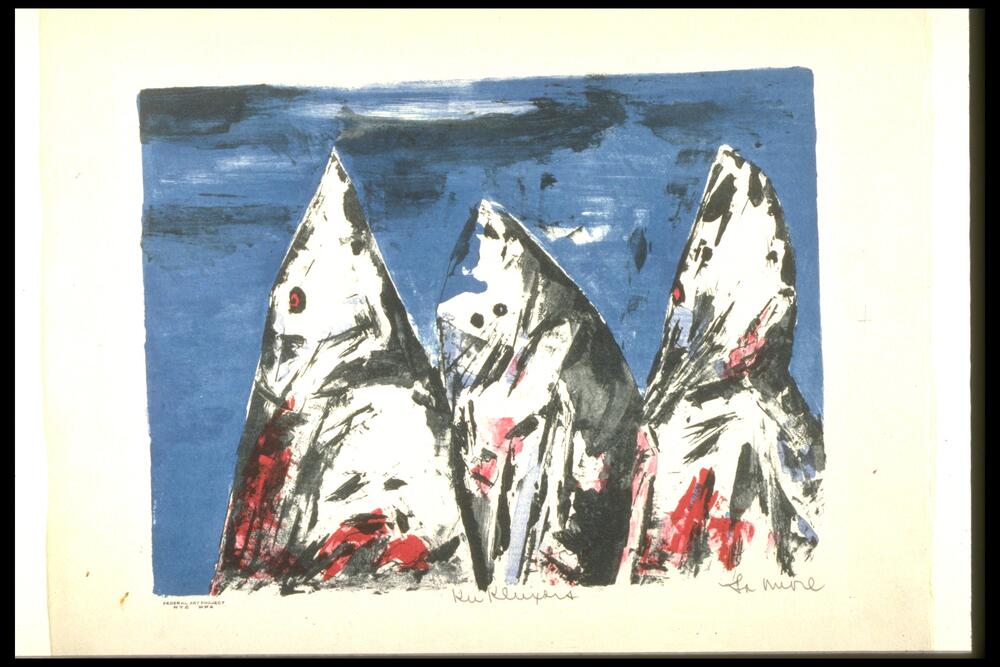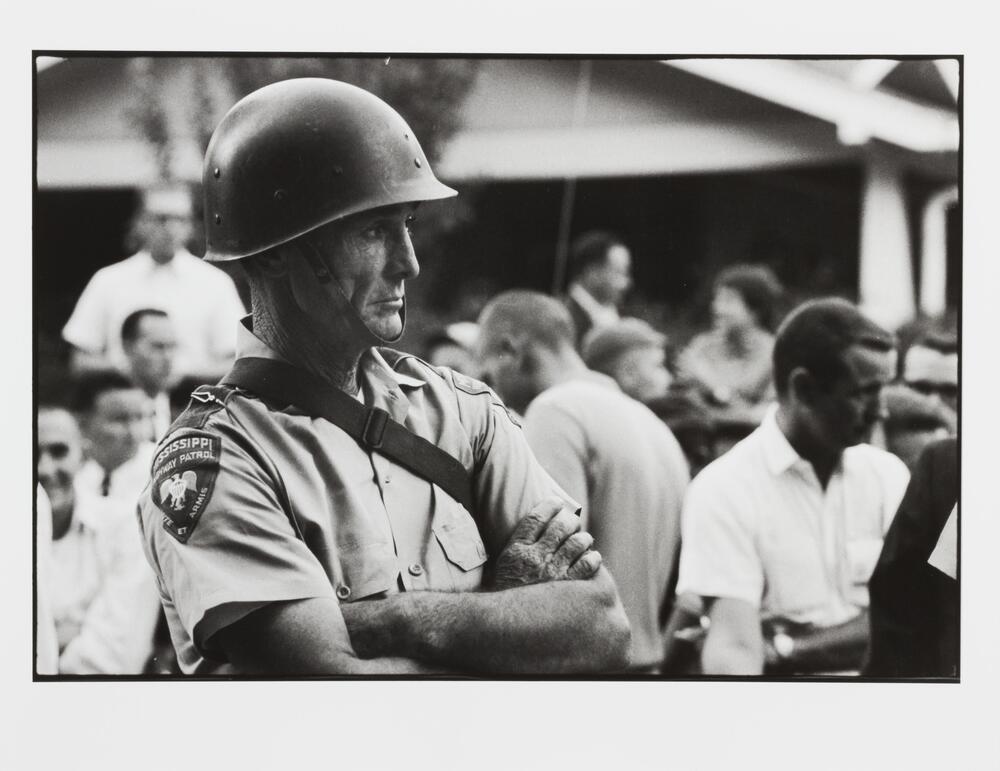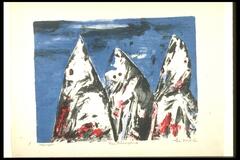Whiteness as Reality
As slavery ended, the social distinctions between races remained, and became even more powerful and demarcating. While black Americans were now free, they remained shackled by lack of access to the economic and social resources available to landed, well-situated whites, who continued to reap the benefits of slavery across generations. Furthermore, with race now a defined and central concept in the American psyche, racist thought stemming from slavery warrants became even more pronounced. This racism led to pseudo-scientific attempts to describe biological, social, and cultural differences between those of different “races.”
While the advent of whiteness was once “merely” a strategic
legal move, whiteness quickly became embedded in the social fabric of the
nation, rivaling gender in its ability to shape individual lives. No longer was
race a peripheral legal matter decided by percentage of “colored” blood, but
instead became a visible and immediately recognizable way for individuals to
decide how to treat others. “Whiteness as Reality” is indexed well through both
La More’s Ku Kluxer’s and Lyon’s The University of Mississippi campus when
James Meredith tried to register as the first black student there. On
display in both images is the cultural capital associated with whiteness:
violence, control, and power come to the fore, highlighting whiteness’s
magnitude.
Created For
K-12 EducatorK-12 Student
Museum Visitor
UMMA Docent
UMMA Staff
University Faculty
University Student
Rate this Resource
AVG: 0 | Ratings: 0
& Author Notes
Creative Commons by-nc-saLast Updated
February 5, 2019 3:25 p.m.Report
Reporting Policy




